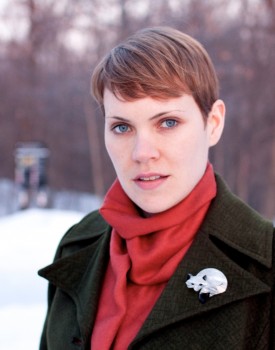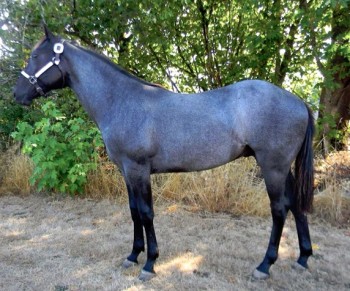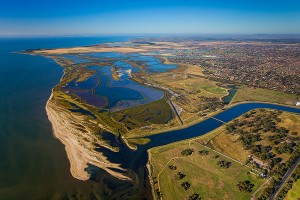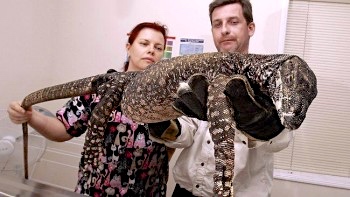NOTE: At the end of each year, I enjoy checking to see which reviews are getting the most attention (highest number of hits) on this website, and each year I am always surprised by the number of older books (and reviews) which remain in the Top Ten. For this new list I wanted to see which books published and reviewed in the past FIVE years would be in the Top Ten if I removed the recurrent “old favorites.”
Gone from this new, more restricted list are books that have almost become classics (at least on my website’s pages): Jo Nesbo’s The Redeemer (from Norway, 2011), Helon Habila’s Waiting for an Angel (from Nigeria, 2004), Kamila Shamsie’s Kartography (from Pakistan, 2004), Alan Paton’s Hero of Currie Road (March, 2009), Alan Duff’s Once Were Warriors (from New Zealand, originally 1995), Louise Erdrich’s The Painted Drum(Native American, 2006), and Naguib Mahfouz’s The Day the Leader was Killed (Egypt, 2000).
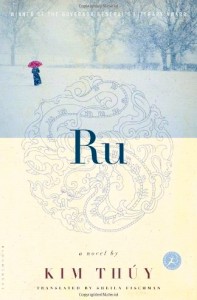 Here is the new list of favorites from the past five years, including five recent ones on the list from 2017.
Here is the new list of favorites from the past five years, including five recent ones on the list from 2017.
- Ru by Kim Thuy. The author is a Vietnamese-born Canadian who appeared on the overall Favorites list last year for the first time, though the review of her book has been on this website since November, 2012. Her novel tells the story of a family of Vietnamese “boat people,” much like herself, who travel from Saigon to a refugee camp and eventually Canada, a book of great poignancy and love, featuring lively characters and real adventures.
2. Film Stars Don’t Die in Liverpool by Peter Turner, posted April 24, 2017. Peter Turner, who befriended Hollywood Oscar winner Gloria Grahame in 1979, was then a twenty-seven-year-old budding actor in England, and Grahame was fifty-five, a four times married American actress. Their twenty-eight-year age difference became irrelevant as they came to know each other and as Turner found he was able to keep Grahame on an even keel and to inspire her to perform her acting duties, despite her psychological problems. (A recent film has made interest in this book more pertinent.)
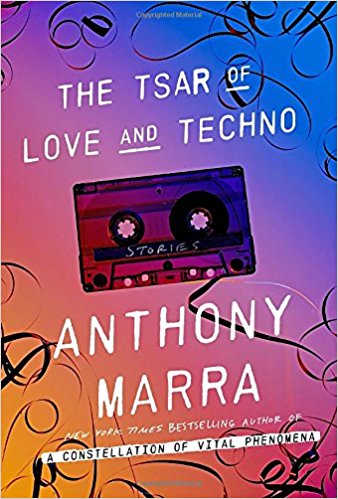 3. The Thirst by Jo Nesbo, reviewed May 22, 2017, represents Norwegian author Nesbo’s tension-filled thriller style, much longer than Midnight Sun, and filled with violence, murder, and in this case, vampirism. Here Det. Harry Hole returns after a three-year hiatus, with his wife Rakel, who is now ill. He must find the murderer of a female lawyer who specializes in rape cases. Over forty characters, many of them familiar to the Nesbo fan, become involved in the search to find the vampirist killer. Suspenseful and addictive, despite the grotesque violence.
3. The Thirst by Jo Nesbo, reviewed May 22, 2017, represents Norwegian author Nesbo’s tension-filled thriller style, much longer than Midnight Sun, and filled with violence, murder, and in this case, vampirism. Here Det. Harry Hole returns after a three-year hiatus, with his wife Rakel, who is now ill. He must find the murderer of a female lawyer who specializes in rape cases. Over forty characters, many of them familiar to the Nesbo fan, become involved in the search to find the vampirist killer. Suspenseful and addictive, despite the grotesque violence.
4. The Tsar of Love and Techno by Anthony Marra, reviewed here Nov. 3, 2015. This work hovers between a novel and a collection of interrelated short stories set in Siberia, Chechnya, and Leningrad/St. Petersburg between 1937 and 2013. Set during the period that begins after the death of Lenin, the earliest stories show the strict Communist Party rule, its control of all aspects of life and thinking, and the country’s economic hardships under Josef Stalin. Later stories make references to Nikita Krushchev, Leonid Brezhnev, and Mikhail Gorbachev, and the fall of Communism in the early 1990s.
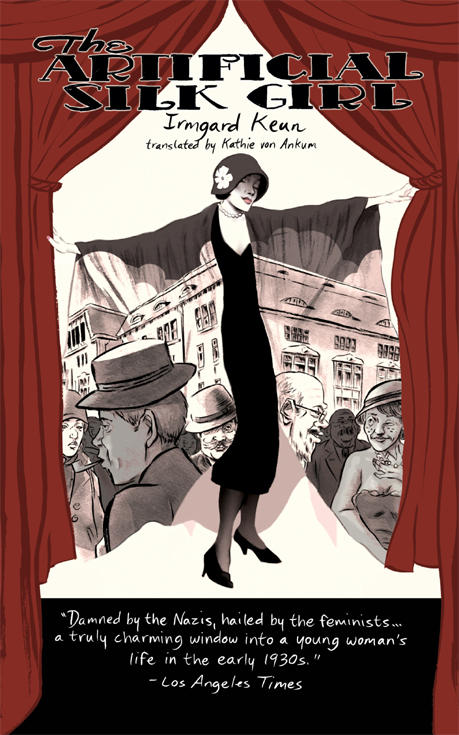 5. I for Isobel by Amy Witting, from Australia, originally written in 1979, republished in 2015, and reviewed Dec. 28, 2015. The novel focuses on a tough main character, a child who fills the novel with a kind of mental violence against both herself and those who “cross” her, as she endures a coming-of-age essentially alone.
5. I for Isobel by Amy Witting, from Australia, originally written in 1979, republished in 2015, and reviewed Dec. 28, 2015. The novel focuses on a tough main character, a child who fills the novel with a kind of mental violence against both herself and those who “cross” her, as she endures a coming-of-age essentially alone.
6. The Artificial Silk Girl by Irmgard Keun, June 28, 2015. Published in Germany in 1932, when author Irmgard Keun was only twenty-two, The Artificial Silk Girl, a bestselling novel of its day, is said to be for pre-Nazi Germany what Anita Loos’s Gentlemen Prefer Blondes (1925) is for Jazz Age America. Doris, the “artificial silk girl,” has no politics, focusing almost completely on her own ambitions – finding wealthy men who will improve her life by financing a better lifestyle for her. The book’s timeless themes regarding women and how they see themselves, combine with history in a unique way, giving life to a less publicized period of history and new insights into some of the women who lived through it.
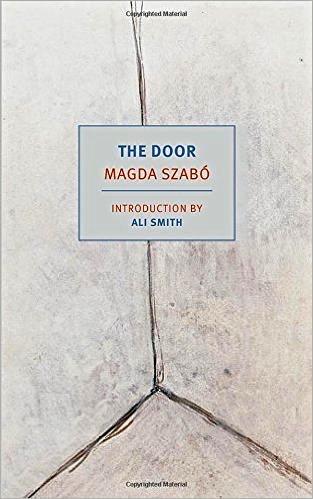 7. The Door by Magda Szabo, recently republished and reviewed here on Jan. 19, 2016, won Hungary’s top award for literature in 1978. Here Szabo lays bare her own values and her soul, creating a rich and intensely intimate examination of the fraught relationship between a character named Magdushka, a writer whose point of view controls this novel, and Emerence, her fiercely independent housekeeper-servant. Very moving.
7. The Door by Magda Szabo, recently republished and reviewed here on Jan. 19, 2016, won Hungary’s top award for literature in 1978. Here Szabo lays bare her own values and her soul, creating a rich and intensely intimate examination of the fraught relationship between a character named Magdushka, a writer whose point of view controls this novel, and Emerence, her fiercely independent housekeeper-servant. Very moving.
8. Midnight Sun by Jo Nesbo, reviewed here Feb. 28, 2016, is the second of Nesbo’s “new style” of novels, set above the Arctic Circle in Norway. Much shorter, less violent, and much more literary than those in his Harry Hole series, it focuses on main character Ulf”s well-developed personality and the themes of what it means to be “good,” how one defines “right,” and whether life has any “real” meaning. Beautifully paced, far more introspective, and more thoughtful than what one finds in Nesbo’s first twelve thrillers, the novel maintains high interest and plenty of excitement. A welcome change from his early work – and welcome for him, too, it seems.
9. Days W ithout End by Irish author Sebastian Barry, reviewed on Feb. 17, 2017, is one of my favorite novels of the year, however dark it may be. Barry’s main character, a young boy, hides on a ship in port in Ireland to escape the Great Famine and ends up in New York, where he joins the US army and participates in both the Indian Wars and, immediately after, the American Civil War. Fellow author Kazuo Ishiguro describes this as “the most fascinating line-by-line first-person narration I’ve come across in years.”
ithout End by Irish author Sebastian Barry, reviewed on Feb. 17, 2017, is one of my favorite novels of the year, however dark it may be. Barry’s main character, a young boy, hides on a ship in port in Ireland to escape the Great Famine and ends up in New York, where he joins the US army and participates in both the Indian Wars and, immediately after, the American Civil War. Fellow author Kazuo Ishiguro describes this as “the most fascinating line-by-line first-person narration I’ve come across in years.”
10. (tie) Mikhail and Margarita by Julie Lekstrom Himes, reviewed here on May 1, 2017, is an enthralling book which pays honor to author Mikhail Bulgakov and his most famous novel, The Master and Margarita, written in the late 1920s, a dangerous time for writers who challenged the censors, as Bulgakov did. In this novel, author Bulgakov is himself a main character, one with whom the author obviously empathizes. Exciting, but serious, well developed, and consummately literary, the novel has an unforgettable grand finale.
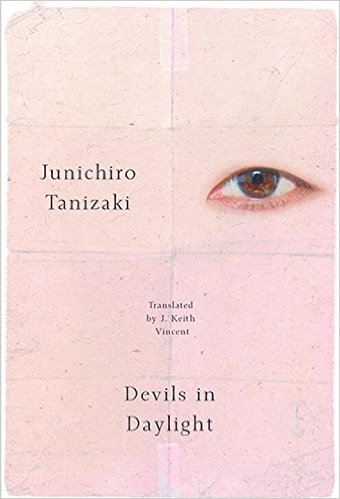 10. (tie) Devils in Daylight by Junichiro Tanizaki, reviewed here on May 4, 2017. Serialized in Tokyo and Osaka in 1918, this short novel found a ready audience in a country already well familiar with Edgar Allan Poe’s “The Gold Bug,” and author Tanizaki added some twists of his own, making his novel even more attractive to his audience – it is far more psychological, twisted, and more sexual than Poe. Romantic, even gothic in its approach, it is a tale which moves so quickly that Coleridge’s “willing suspension of disbelief” is intensified – the reader wants to get on with the excitement and does not want to be bothered much about the obviously bizarre (and unrealistic) circumstances which make the excitement possible.
10. (tie) Devils in Daylight by Junichiro Tanizaki, reviewed here on May 4, 2017. Serialized in Tokyo and Osaka in 1918, this short novel found a ready audience in a country already well familiar with Edgar Allan Poe’s “The Gold Bug,” and author Tanizaki added some twists of his own, making his novel even more attractive to his audience – it is far more psychological, twisted, and more sexual than Poe. Romantic, even gothic in its approach, it is a tale which moves so quickly that Coleridge’s “willing suspension of disbelief” is intensified – the reader wants to get on with the excitement and does not want to be bothered much about the obviously bizarre (and unrealistic) circumstances which make the excitement possible.
I hope that you, too, will be happy to see that five books reviewed less than six months ago are already mounting a challenge to books that have been on this list for several years. Kim Thuy’s Ru has been on the Favorites list for only two years, though the review was posted here originally in November 2012! The #2 book on the list, Film Stars Don’t Die in Liverpool was not reviewed here till April of this year! I’m rooting for some of these new, young authors to find their audience and become as successful as many of the recognized favorites, and I’ll bet many other readers are, too. Mary
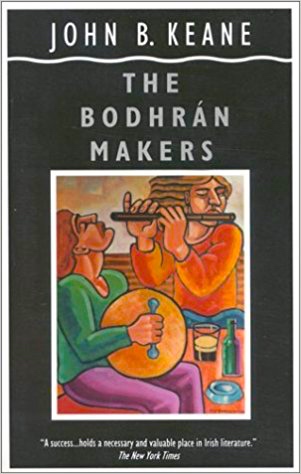 The “clan of the round collar” challenges “wrendance” traditions of rural Irish village.
The “clan of the round collar” challenges “wrendance” traditions of rural Irish village.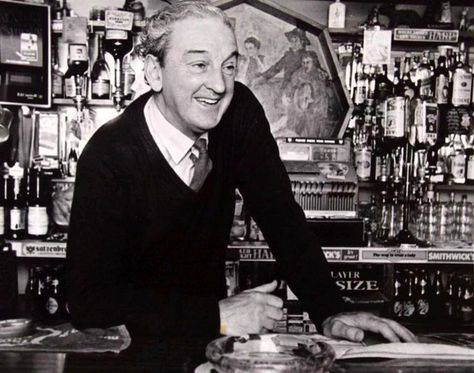

 Last year author Lawrence Block published a collection of short stories by seventeen different writers, primarily those known for mystery and horror. Each of these authors had written a story inspired by a painting of American artist Edward Hopper. The result,
Last year author Lawrence Block published a collection of short stories by seventeen different writers, primarily those known for mystery and horror. Each of these authors had written a story inspired by a painting of American artist Edward Hopper. The result, 


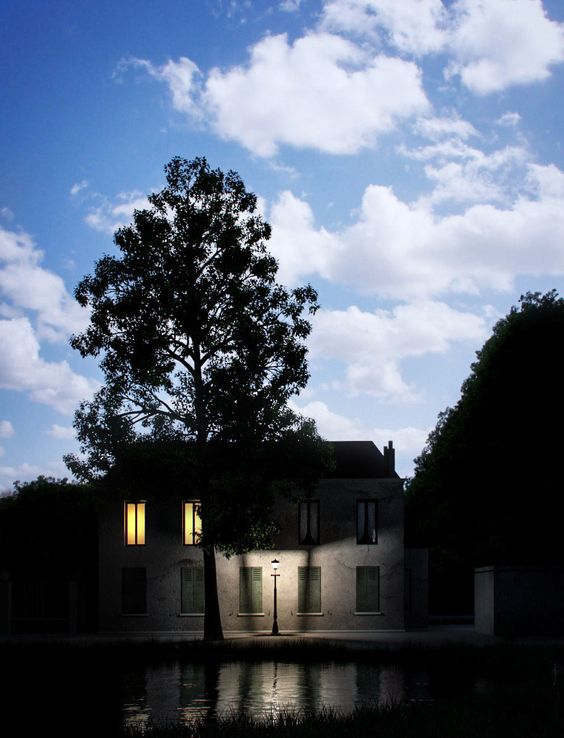
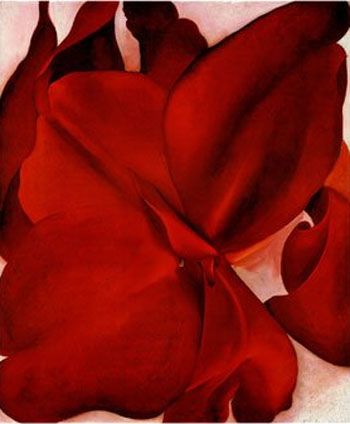
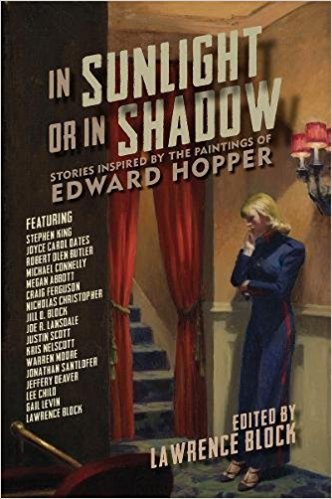 For those who have not yet finished their holiday shopping and/or have not yet discovered the Favorites tab at the top right of my website, here are some of my Favorites for 2017.
For those who have not yet finished their holiday shopping and/or have not yet discovered the Favorites tab at the top right of my website, here are some of my Favorites for 2017. 
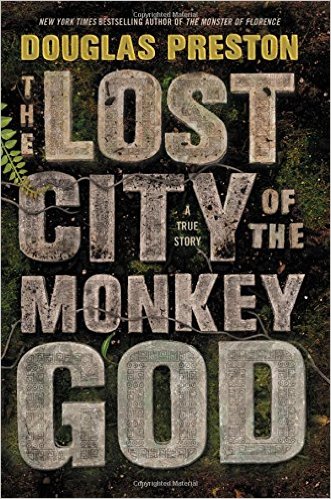 st surprising:
st surprising: 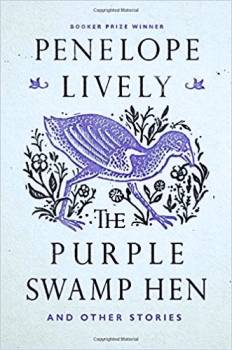 Favorite Literary Fiction:
Favorite Literary Fiction: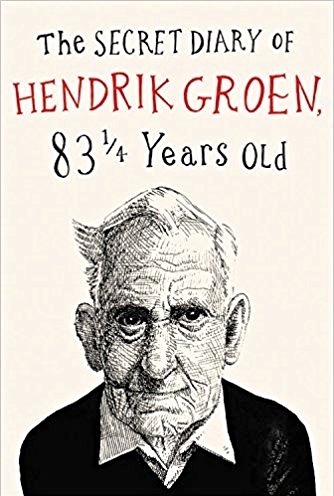
 Here is the new list of favorites from the past five years, including five recent ones on the list from 2017.
Here is the new list of favorites from the past five years, including five recent ones on the list from 2017.
 5. I for Isobel
5. I for Isobel  7. The Door
7. The Door 
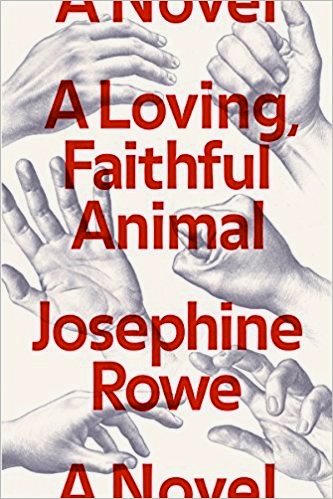 I am always excited to see who has won the
I am always excited to see who has won the 